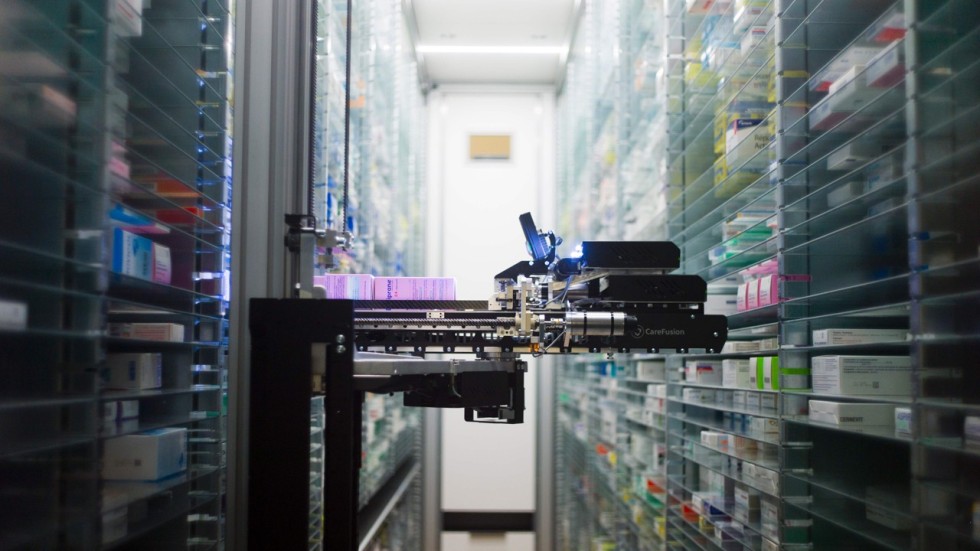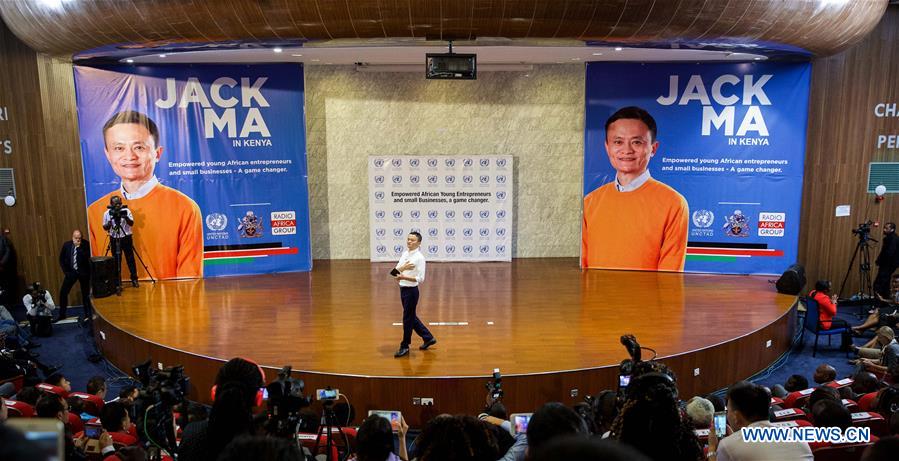Since this is an economic plan, I'll put this here:
(Despite the stupid title)
World dominance in three steps: China sets out road map to lead in artificial intelligence by 2030
The Chinese government’s July 8 plan aims to keep pace with AI technology by 2020, make major breakthroughs by 2025, and lead the world in AI by 2030.
PUBLISHED : Friday, 21 July, 2017, 1:28pm
UPDATED : Friday, 21 July, 2017, 11:30pm

China, already the world’s second-largest investor in artificial intelligence (AI), has set out an ambitious plan to leap frog ahead of the United States to be the global leader in the field by 2030.
The proposal, laid out on July 8 by the State Council and distributed on July 20, takes a three-step approach: firstly keep pace with leading AI technology and applications in general by 2020, make major breakthroughs by 2025, and be the world leader in the field five years thereafter.
The ambitious plan will be an economic bonanza for the country’s technology firms, as the area defined as core AI is expected to be valued at 150 billion yuan by 2020, while AI-related fields are valued at 1 trillion yuan, according to the government’s forecast. By 2025, those values will exceed 400 billion yuan and 5 trillion yuan (US$739 billion) respectively.
Government finance will lead the way in AI research, including the development of supercomputers, and high performance semiconductor chips, software and the hiring of key talent to lead the field, China’s science and technology minister Wan Gang said in March during the country’s parliamentary meeting.
The focus on AI sets a new director for China’s economic model, which is trying to wean industries and state-owned enterprises off years of exports manufacturing to reinvent themselves to stay relevant for the future. Up to 26 per cent of China’s gross domestic products (GDP) could be generated by AI-related industries by 2030, making the country the world’s biggest winner from investing in the field, according to a report last month by PricewaterhouseCoopers.
AI technologies are expected to bolster global GDP by 14 per cent by 2030, the equivalent of US$15.7 trillion, by improving labour productivity and spurring consumption, said the report.
JD.com, one of China’s biggest e-commerce service providers with 120,622 employees on staff, is using AI and robotics to improve efficiency in logistics and warehousing, said its founder and chairman Richard Liu Qiangdong.
“In the next 12 years, we aim to have multiple-fold growth in our business,” Liu said during a technology conference on Thursday in Shanghai. “I believe that 10 years from now, the total number of employees may be even smaller than what we have today. Our aim is to have 80,000 employees.”
JD.com is not alone. Chinese internet companies led by Alibaba Group Holding, Baidu and Tencent Holdings have been investing heavily in AI applications. Alibaba, which owns the South China Morning Post, already has an AI bot that can recognise counterfeits on its Taobao Marketplace and Tmall.com online shopping platforms, while Baidu is developing AI-assisted autonomous driving system with Microsoft and other major companies.
Lenovo Group, the world's second-largest personal computer supplier as of the second quarter, said this week it has set aside at least US$1.2 billion to beef up research and development in AI, as the company expects drastic changes to personal computing and consumer electronic devices over the next three to four years.
This article appeared in the South China Morning Post print edition as:
Beijing maps out BOLD new plan to lead world in A.i.
(Despite the stupid title)
World dominance in three steps: China sets out road map to lead in artificial intelligence by 2030
The Chinese government’s July 8 plan aims to keep pace with AI technology by 2020, make major breakthroughs by 2025, and lead the world in AI by 2030.
PUBLISHED : Friday, 21 July, 2017, 1:28pm
UPDATED : Friday, 21 July, 2017, 11:30pm

China, already the world’s second-largest investor in artificial intelligence (AI), has set out an ambitious plan to leap frog ahead of the United States to be the global leader in the field by 2030.
The proposal, laid out on July 8 by the State Council and distributed on July 20, takes a three-step approach: firstly keep pace with leading AI technology and applications in general by 2020, make major breakthroughs by 2025, and be the world leader in the field five years thereafter.
The ambitious plan will be an economic bonanza for the country’s technology firms, as the area defined as core AI is expected to be valued at 150 billion yuan by 2020, while AI-related fields are valued at 1 trillion yuan, according to the government’s forecast. By 2025, those values will exceed 400 billion yuan and 5 trillion yuan (US$739 billion) respectively.
Government finance will lead the way in AI research, including the development of supercomputers, and high performance semiconductor chips, software and the hiring of key talent to lead the field, China’s science and technology minister Wan Gang said in March during the country’s parliamentary meeting.
The focus on AI sets a new director for China’s economic model, which is trying to wean industries and state-owned enterprises off years of exports manufacturing to reinvent themselves to stay relevant for the future. Up to 26 per cent of China’s gross domestic products (GDP) could be generated by AI-related industries by 2030, making the country the world’s biggest winner from investing in the field, according to a report last month by PricewaterhouseCoopers.
AI technologies are expected to bolster global GDP by 14 per cent by 2030, the equivalent of US$15.7 trillion, by improving labour productivity and spurring consumption, said the report.
JD.com, one of China’s biggest e-commerce service providers with 120,622 employees on staff, is using AI and robotics to improve efficiency in logistics and warehousing, said its founder and chairman Richard Liu Qiangdong.
“In the next 12 years, we aim to have multiple-fold growth in our business,” Liu said during a technology conference on Thursday in Shanghai. “I believe that 10 years from now, the total number of employees may be even smaller than what we have today. Our aim is to have 80,000 employees.”
JD.com is not alone. Chinese internet companies led by Alibaba Group Holding, Baidu and Tencent Holdings have been investing heavily in AI applications. Alibaba, which owns the South China Morning Post, already has an AI bot that can recognise counterfeits on its Taobao Marketplace and Tmall.com online shopping platforms, while Baidu is developing AI-assisted autonomous driving system with Microsoft and other major companies.
Lenovo Group, the world's second-largest personal computer supplier as of the second quarter, said this week it has set aside at least US$1.2 billion to beef up research and development in AI, as the company expects drastic changes to personal computing and consumer electronic devices over the next three to four years.
This article appeared in the South China Morning Post print edition as:
Beijing maps out BOLD new plan to lead world in A.i.


